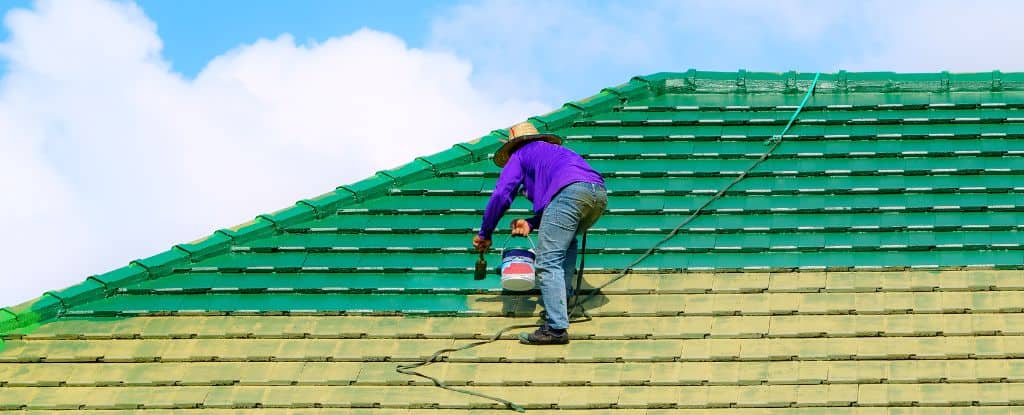
Scientists at Stanford University have designed a new paint that could help reduce our growing reliance on air conditioners and heaters.
It comes in an array of colors, and if used properly, it could seriously slash electricity bills and emissions.
The paint is capable of reflecting up to 80 percent of mid-infrared light from the Sun, which is 10 times more reflection than conventional colored paints.
Mid-infrared light is usually absorbed as heat on building surfaces. When used on the outside of a building, the paint keeps heat out, and it can be used on the inside to keep heat in.
As such, the developers of the paint say it provides a “year-round energy-saving solution” that can be used in a variety of climates.
When tested in artificially warm conditions, the paint reduced the amount of energy needed to cool the enclosed space by almost 21 percent. Tested in artificially cold conditions, it reduced the energy needed to heat the space by 36 percent.
Across an entire building, researchers estimate the paint could save 7.4 percent of the energy needed to heat, ventilate, or cool a mid-rise apartment building.
That’s no small amount, especially when considering that buildings in the US contribute about 40 percent of the nation’s total energy consumption, and a lot of that is for heating, ventilation, and air conditioning.
Around the world, temperature extremes are becoming more severe and frequent with climate change, and in many cases, air conditioners remain our number one way to beat the heat.
By 2050, some estimates suggest air conditioners will find their way into two-thirds of all the world’s households. While these devices can undoubtedly save lives, they aren’t the cheapest or greenest way to cool buildings, contributing to carbon emissions and air pollution and subsequently endangering lives.
Other paints and glazes help reflect mid-infrared light, but this new version from Stanford is not just pure white or silver. Its variety of colors include white, blue, red, yellow, green, orange, purple, and dark gray.
This rainbow is possible because the new paint has two layers that are applied in a series. The first is the reflective bottom layer, which contains silver aluminum flakes. The second is an infrared transparent top layer that contains colorful inorganic nanoparticles.
This double-layer design has been created before to reflect other wavelengths of infrared light, so it’s not wholly unique, although it does seem quite effective.
“The versatility of the paint,” the authors write, “along with its applicability to diverse surfaces of various shapes and materials, makes the paints extensively useful in a range of scenarios.”
When used on the outside of a building, infrared light from the Sun passes through the top layer of paint and bounces off the mirror-like bottom layer. This way, heat from the Sun is not absorbed by the building.
Even better, both of these layers are water-repellant and work in humid and hot environments.
“For both heating and air conditioning we must reduce energy and emissions globally to meet our zero-emissions goals,” says materials scientist Yi Cui from Stanford.
“How to reduce heat exchange between human living and work spaces and their surroundings is getting more attention, and new materials for enhanced insulation – like low-emissivity films for windows – are in demand.”
The team continues to refine their technology and hopes to commercialize the paint in the future.
The study was published in PNAS.
























